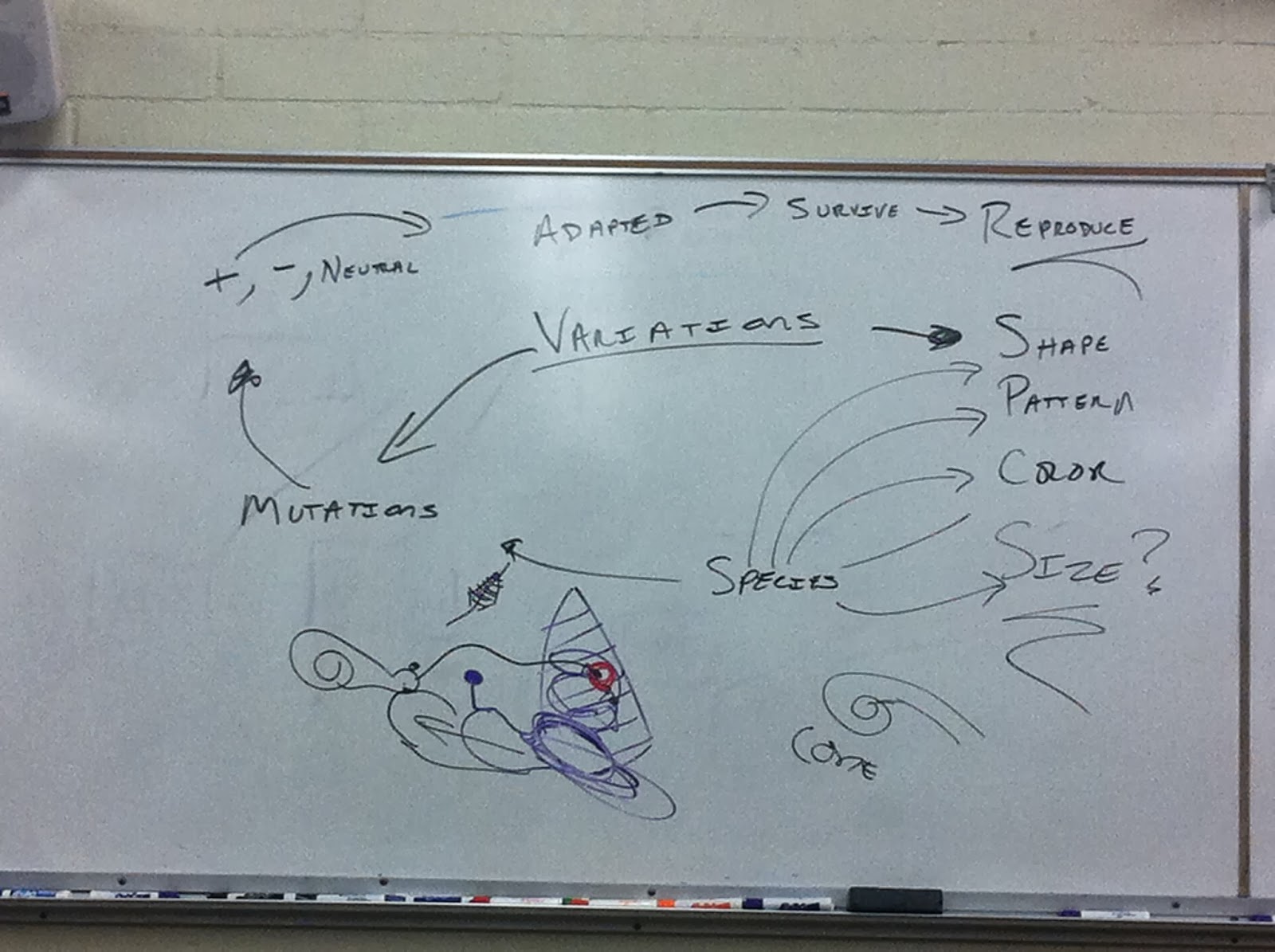For the video, "Journey of Man", that we watched in class, it said that human beings originated from Africa. In order to prove that, scientists went to all parts of the world and look for people whose DNA contain traits of the direct ancestor whose offsprings developed different traits that led to the formation of different races. They found these people, and found out that their DNA and looks resemble people of different races.
For the DNA reading questions:
1. Mendel's pea breeding proved that although some DNA information is not visible in the plants' physical traits, it still exists and might show in the plants' offsprings' physical traits.
2. Watson and Crick
3. First, point mutation. A single base pair changes. For example, if a whippet dog has a point mutation, it inactivates the "stop" sign for muscle growth, and the whippet dog will develop extra muscles.
Second, insertion. A number of bass-pair structures are inserted in the genes and make differences. For example, some bass-pair structures are inserted in the genes of pea and causes its skin to wrinkle.
Third, gene copy number. A section of genes can be copied more than once due to error and causes variations. For example, chimpanzee only has one gene for starch-digesting enzyme salivary amylase, while human has more than 10.
Fourth, duplication. sequences repeat. For example, if a certain sequence of pig's genes repeat, the pig will have dark patches on its skin.
Fifth, regulatory changes. Mutations in the DNA that controls activation can change. if this happens to corns. Two kinds of corns will emerge: bushy ones and tall ones.
4. Study that focuses on the effects of changes in important developmental genes and the roles they play in evolution.
5. If human beings migrate to a place that suits milk-producing, their milk-tolerance will arise in order to adapt to their food. It shows how culture can influence evolution.





















